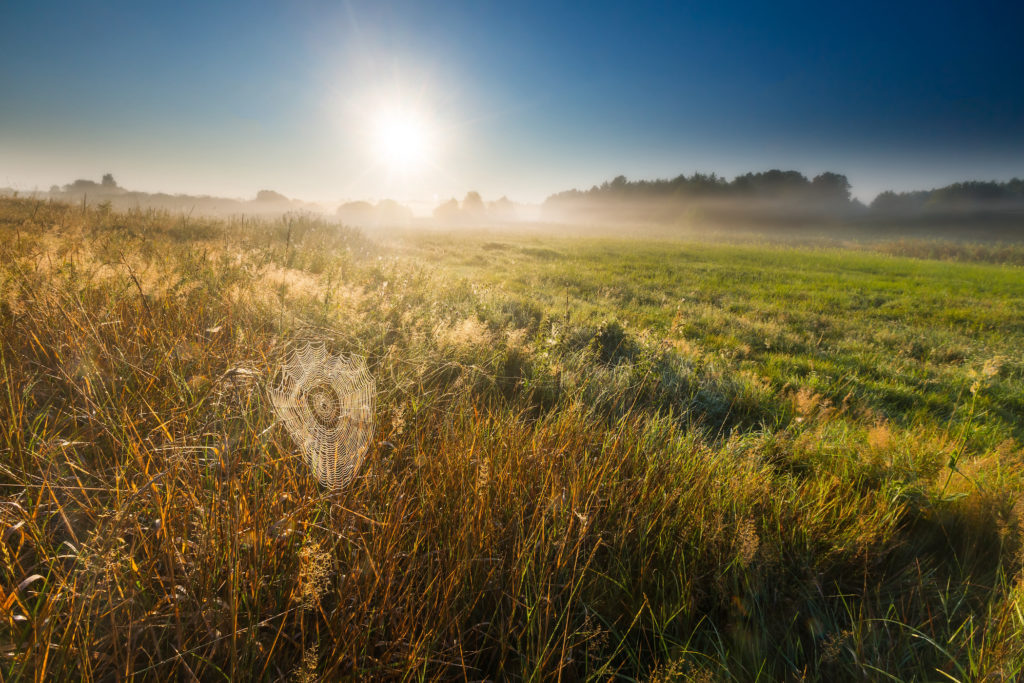People are talking about green burials with a commitment to protecting the earth and contributing to the earth’s renewal. Green burials, also called natural burials, may or may not be familiar to you, but since they are an option in the Twin Cities, we would like to provide some information to help you determine if it would be right for you.
The information we’re sharing here was provided by the Green Burial Council and Marilaurice Hemlock and Anne Archbold, co-founders of Final Blessings. Our Lady of Peace recently hosted a class on green burials for hospice and health care providers, led by Marilaurice and Anne. For accuracy, we’ve simply taken excerpts from their writings and teachings, as well as those of the Green Burial Council.
What is green or natural burial?
Green burial is a way of caring for the dead with minimal environmental impact. According to the Green Burial Council, it aids in the conservation of natural resources, reduction of carbon emissions, protection of worker health, and the restoration and/or preservation of habitat. It allows full body interment into the ground in a manner that does not inhibit decomposition.
The three top defining characteristics of any natural burial are absence of a vault, non-toxic preparation of the body, and use of containers made of organic materials. These might include a pine coffin made by a family member, or local craftsperson, a wicker, sea grass or other woven basket, a papier maché eco-pod, or any other container designed to degrade quickly in the ground. Also recommended are shrouds, carried on shrouding boards or with a removable board in a shroud pocket.
Are green burials safe?
One of the top concerns families have about green burial is health ramifications of burial without a vault. According to Dr. Michael Osterholm with the Center for Infectious Disease Policy and Research, “Once a human dies, infectious agents that would be of any concern, including those on the individual’s skin or internal organs, is greatly diminished. There simply is no measurable risk of that body transmitting an infectious disease agent.” The World Health Organization and the Pan American Health Organization agree.
Another concern is the unlikelihood of an animal digging up the grave. Prior to the 1930’s, all burials were natural, and in over 20 years in every area of the country, there has not been one sighting of an animal disturbing a natural grave.
There are no statutes or public health restrictions on natural burial in the state of MN. Each cemetery makes internal policies on whether they will offer natural burial.
What is the process?
